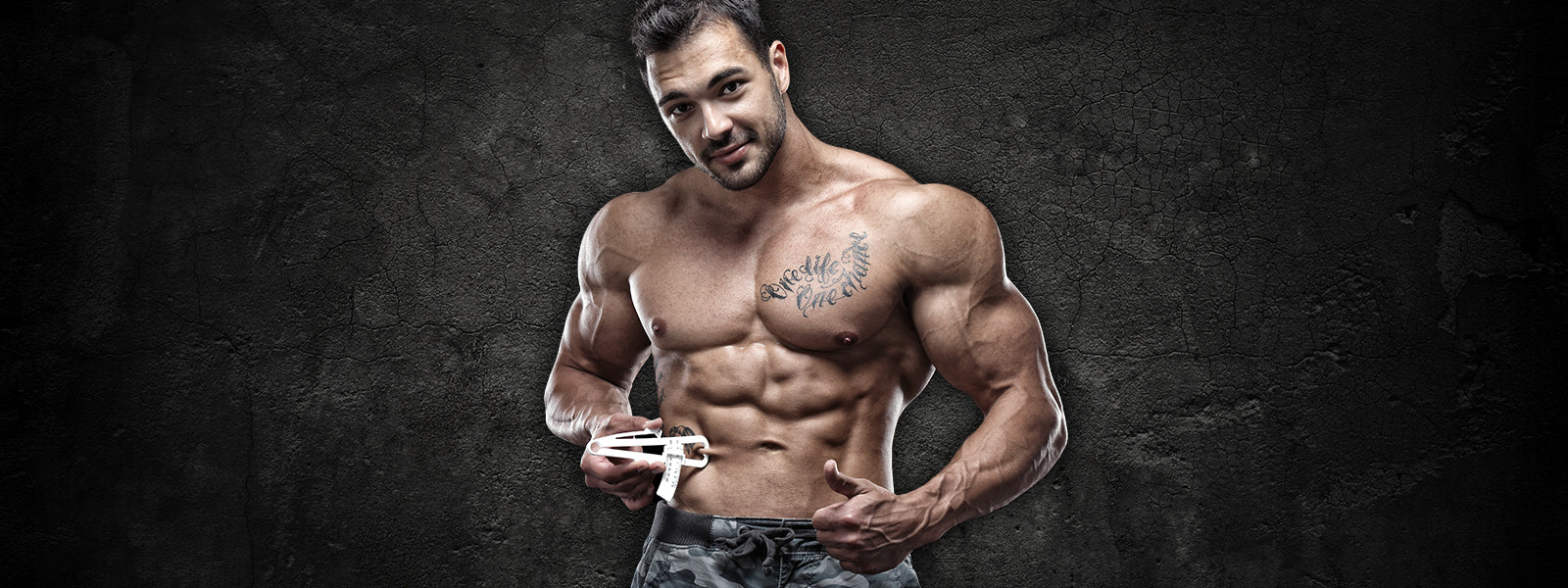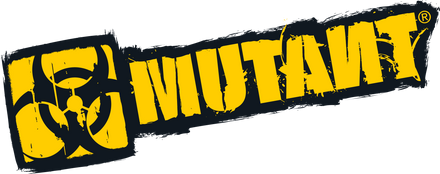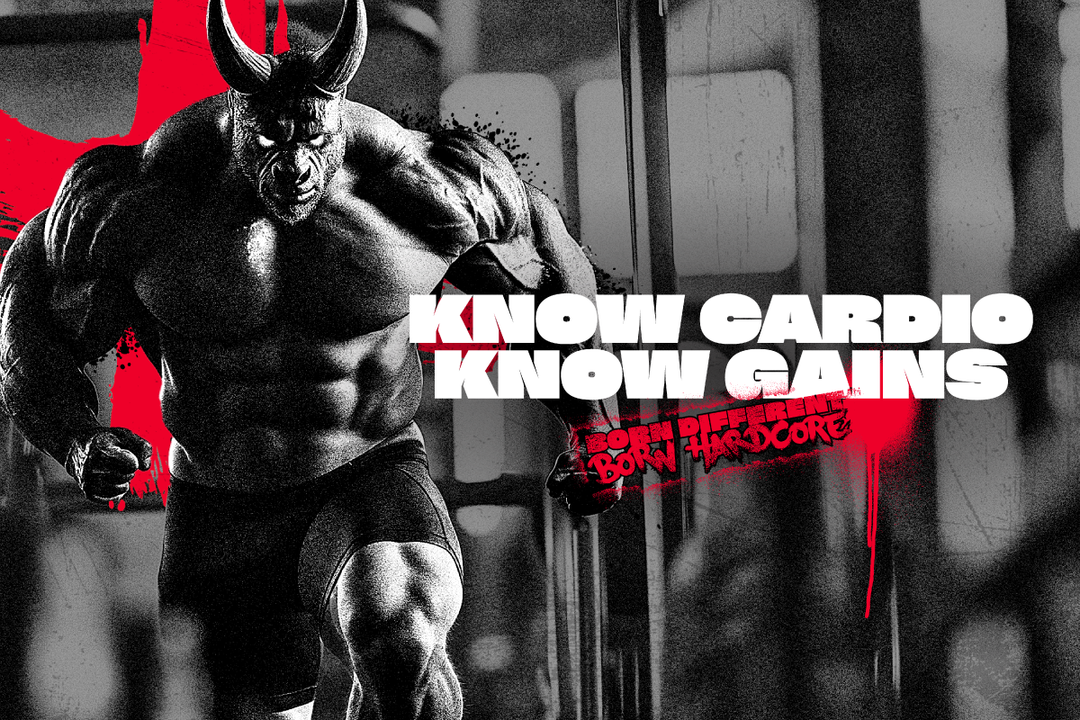5 Easy Ways to Know if You’re Losing Fat

Struggling to shed or shred?
You’ve been eating clean and training like a madman, but how do you know if you’re actually losing fat, versus water weight or even muscle mass? Looking in the mirror doesn’t always reflect fat loss progress - body dysmorphia is pretty real in the bodybuilding world, and it’s also hard to notice changes when you see yourself every day. Scales don't tell the whole story either, since weight changes don’t always reflect body composition (even the fancy bioelectrical impedance ones can be inaccurate).
Here are 5 easy ways to tell if you’re on the right track to your ideal body fat percentage - without shelling out cash for a DEXA scan or pinching yourself all over with calipers.
1. LEARN HOW TO MEASURE BODY FAT ACCURATELY
Yes, we did just say that scales aren’t always accurate - but, using an electronic body fat calculator as well as tape measurements and weighing yourself can give you a clearer picture of where you’re at.
For more accuracy, take measurements in the same environment every time. For example, if you take your measurements first thing in the morning, after a normal day of eating and training, and a good night’s sleep (try our ZM8 to help with that!), then keep doing it that way.
Taking measurements randomly leaves too many variables that could give you misleading numbers and leave you feeling frustrated - like bloating, dehydration, having lots of food in your stomach, or a loss of glycogen stores after a few rest days. Daily weight fluctuations are totally normal; instead, look for fat loss over a few weeks, and if nothing changes, then change your game plan.
2. TRACK YOUR WORKOUT PERFORMANCE

Your workouts can tell you a lot about how your body composition might be changing, even if you don’t look really lean just yet. You’re probably losing fat, not muscle, if…
-Your mobility & range of motion improves
-You can still lift heavy
-Cardio exercise feel easier
-Bodyweight exercises feel easier
-There’s less strain on your joints
-You can move a bit faster
Unless you’re doing an intense cutting diet to prep for a show, your workouts should be improving as you gain muscle and lose fat, assuming you’re consistently training and applying progressive overload techniques. If your workouts start feeling harder, you could be in too much of a calorie deficit and losing muscle mass along with the fat - if that’s the case, try increasing your protein intake or taking recovery supps.
3. NOTICE HOW YOU FEEL PHYSICALLY
Getting to a lower body fat percentage means you’ve gotta eat healthy, real foods most of the time, and that’s gonna leave you feeling great - even if the abs aren’t visible yet! So, what does it feel like when you’re getting leaner?
-Better quality sleep
-Easier bathroom trips
-More energy & stamina
-Higher sex drive
-Faster recovery
-Fewer junk food cravings
-Lower heart rate & blood pressure
-Sick less often
The list could go on, but that’s generally how it feels when you’re training hard and eating clean - your test levels increase (if you’re over 30, though, you might need testosterone boosting supplements to help), your hunger hormones and blood sugar levels are normal, your metabolism speeds up, your immune system gets stronger, and your body gets more efficient at just about everything!
4. NOTICE HOW YOU FEEL MENTALLY

Strength training, cardio, and a balanced diet affect more than just your appearance and physical health - your mental state also improves, and you don’t have to look perfect before you start noticing the changes. When you’re on the right track to a leaner physique, here’s how you’ll know:
-Happier mood
-Better concentration
-More productive
-Increased self-esteem
-Fewer mood swings
-Reduced anxiety & depression
-Stress relief
-Sharper memory
If that describes how you’re starting to feel, but you’re not seeing abs and veins pop out just yet, keep hanging in there. You wouldn’t be feeling this good if your diet and training was subpar - the fat loss might just take a bit longer before it’s noticeable.
5. GET OBJECTIVE FEEDBACK
There’s no better way to know you’re getting leaner than to meet up with a buddy you haven’t seen in a while. Generally, people will compliment you if there’s a positive change in your appearance. “Hey man, you been working out?!” is an obvious one!
Another option is to take progress pictures once or twice a month, but use the same lighting, posture and clothing for a fair comparison. One month is generally long enough to see noticeable fat loss; anything shorter than that becomes harder to see the changes. You can also compare your pics to body fat percentage charts for men to estimate where you fall.
READ THIS AND STILL WONDERING, “WHY AM I NOT LOSING WEIGHT?”
If you’ve tracked your progress in every way imaginable and still aren’t seeing fat loss results, don’t worry - you’re not broken. You’re probably just miscalculating your calorie intake, or you might need to intensify your workouts.

Try an online calorie calculator to determine how many calories to eat for fat loss, and from there, you can use our MEAL PREP CHEAT SHEET to build macro-balanced meals (that actually taste awesome) that fit your calorie target.
You can also use thermogenics to increase your metabolism and energy levels if you find it hard to cut more calories, or use a pre-workout to help you train harder so you can boost muscle growth while burning fat.
However you go about cutting body fat, just remember that everyone’s progress will look different; some lose belly fat first while others might notice it in their face, arms or legs first - so just because you’re not seeing abs right away doesn’t mean you’re not doing the right things. Gaining muscle while losing fat can also make the scale seem stagnant, but again, it doesn’t mean you’re not making progress. This is why it’s important to consider those other five methods to tell if you’re actually cutting body fat - numbers and mirrors don’t always show the whole picture, but rest assured, you’ll get there soon enough.
DISLCAIMER: All ingredient, nutrient and/or product information provided herein, including but not limited to description, potential effects, and potential benefits, is for informational purposes only, and does not constitute as being, and should not be taken as, professional medical advice, as we are not Medical Doctors. Use of the information is at the sole risk of the reader. It is not intended to: substitute for and/or provide informed medical advice; act as diagnosis, treatment, cure, prevention, or care for any disease and/or condition. You should not: rely solely on this information, and/or; use this information to diagnose, treat, cure, prevent and/or care for any disease and/or health problems. Consult your family doctor and/or health care professional before using any supplements and/or before making any changes in prescribed and/or unprescribed medication.




